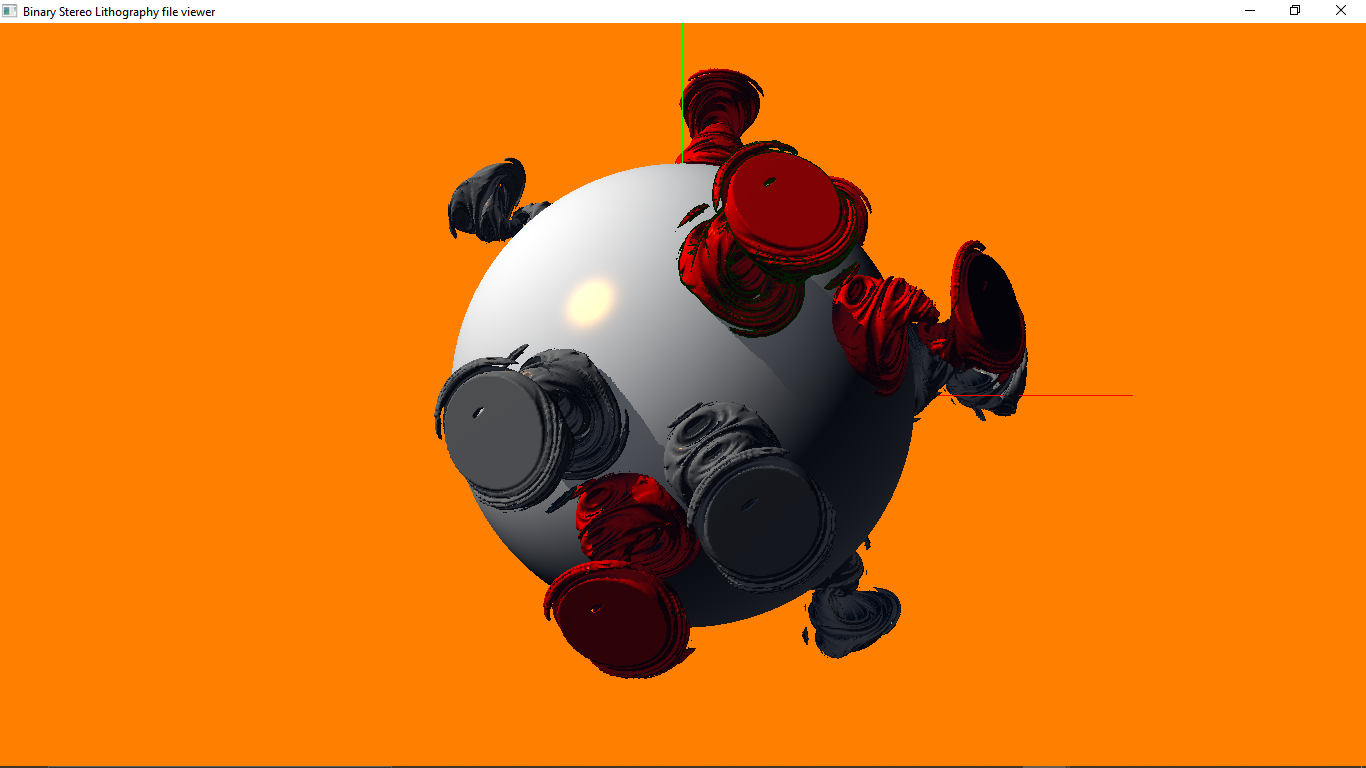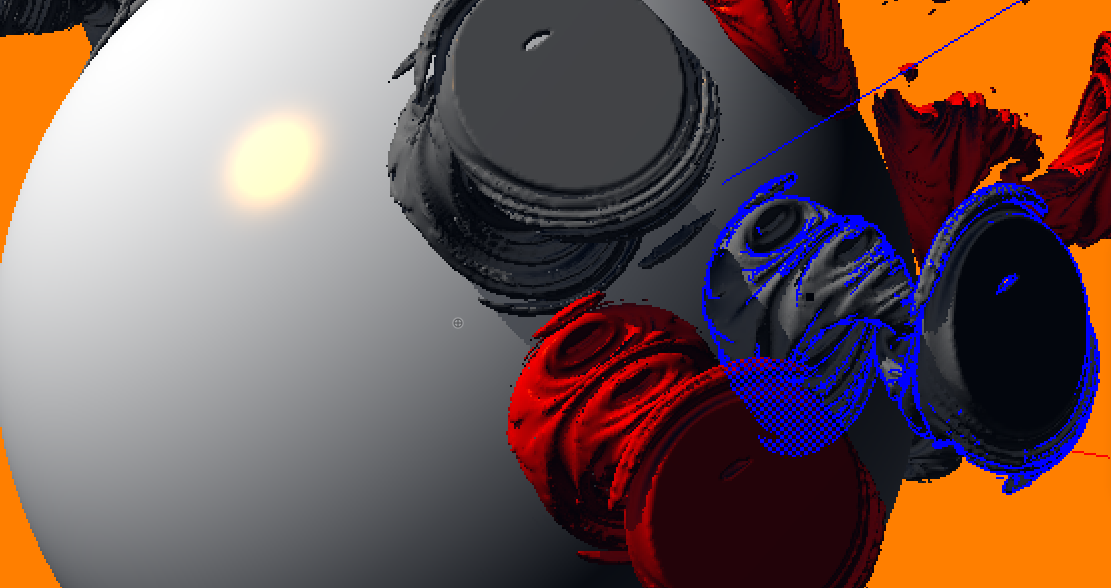I was missing a few key steps:
ray = screen_coords_to_world_coords(x, y, win_x, win_y);
float t = 0;
bool first_assignment = true;
mat4 collision_transform(1.0f);
if (true == line_sphere_intersect(main_camera.eye, ray, vec3(0, 0, 0), 0.5f, t))
{
collision_location = main_camera.eye + ray * t;
col_loc = sphere;
first_assignment = false;
collision_transform = mat4(1.0f);
}
for (size_t i = 0; i < player_game_piece_meshes.size(); i++)
{
glm::mat4 inverse = glm::inverse(player_game_piece_meshes[i].model_mat);
glm::vec4 start = inverse * glm::vec4(main_camera.eye, 1.0);
glm::vec4 direction = inverse * glm::vec4(ray, 0.0);
direction = glm::normalize(direction);
if (true == player_game_piece_meshes[i].intersect_AABB(start, direction))
{
vec3 closest_intersection_point;
if (true == player_game_piece_meshes[i].intersect_triangles(start, direction, closest_intersection_point))
{
closest_intersection_point = player_game_piece_meshes[i].model_mat * vec4(closest_intersection_point, 1);
if (first_assignment)
{
collision_location = closest_intersection_point;
col_loc = player_game_piece;
collision_location_index = i;
first_assignment = false;
collision_transform = inverse;
}
else
{
vec3 c0 = vec3(main_camera.eye) - closest_intersection_point;
vec3 c1 = vec3(main_camera.eye) - collision_location;
if (length(c0) < length(c1))
{
collision_location = closest_intersection_point;
col_loc = player_game_piece;
collision_location_index = i;
collision_transform = inverse;
}
}
}
}
}
for (size_t i = 0; i < enemy_game_piece_meshes.size(); i++)
{
glm::mat4 inverse = glm::inverse(enemy_game_piece_meshes[i].model_mat);
glm::vec4 start = inverse * glm::vec4(main_camera.eye, 1.0);
glm::vec4 direction = inverse * glm::vec4(ray, 0.0);
direction = glm::normalize(direction);
if (true == enemy_game_piece_meshes[i].intersect_AABB(start, direction))
{
vec3 closest_intersection_point;
if (true == enemy_game_piece_meshes[i].intersect_triangles(start, direction, closest_intersection_point))
{
closest_intersection_point = enemy_game_piece_meshes[i].model_mat * vec4(closest_intersection_point, 1);
if (first_assignment)
{
collision_location = closest_intersection_point;
col_loc = enemy_game_piece;
collision_location_index = i;
first_assignment = false;
collision_transform = inverse;
}
else
{
vec3 c0 = vec3(main_camera.eye) - closest_intersection_point;
vec3 c1 = vec3(main_camera.eye) - collision_location;
if (length(c0) < length(c1))
{
collision_location = closest_intersection_point;
col_loc = enemy_game_piece;
collision_location_index = i;
collision_transform = inverse;
}
}
}
}
}
collision_location = collision_transform* vec4(collision_location, 1);
if (first_assignment)
{
collision_location = vec3(0, 0, 0);
col_loc = background;
}




